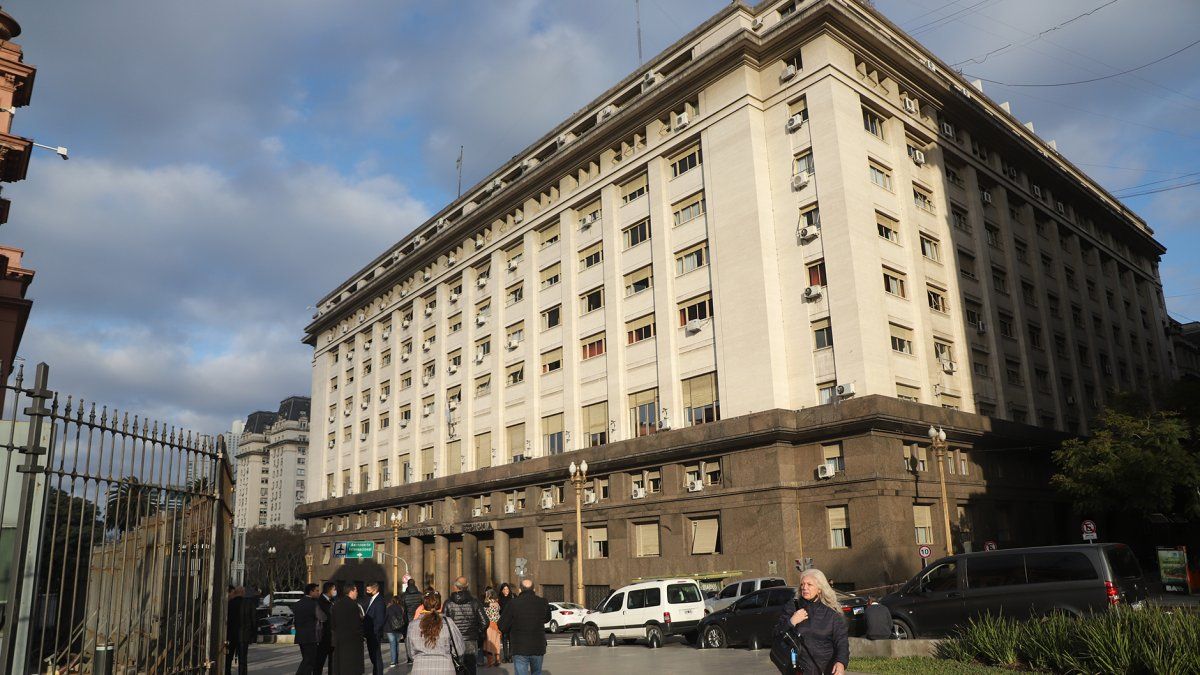A report states that, between January and April, accrued expenses that were not paid amount to 0.9% of GDP, while the accumulated red was 0.6% of GDP.
During the first quarter of the year, the Ministry of Economy had to appeal the appeal of leave some accrued expenses unpaid in order to reduce the fiscal deficit primary in a context in which the drought caused a collapse in tax collection. According to the consulting firm LCG, what is called “floating debt” represented 21% of the expense accrued between January and April. The consultant warned that it is “the highest level of the last 10 years.”
The content you want to access is exclusive to subscribers.
These payments will have to be made at some point in the future, which poses new challenges for the immediate future. The consultant estimates that in terms of GDP, the floating debt amounts to 0.9%. It is taller than the accumulated deficit so far this year, which has reached 0.6%.


“With this, the primary deficit for April ($331,000 million, 0.2% of GDP) and the one reached in four months ($1 trillion, 0.6% of GDP) seem limited,” the report says.
Last Monday, the Palace of Finance reported the fiscal result of the National Public Sector (SPN). The loss was due to a real 18% revenue crash because of the drought, despite the actual cut in spending. Not only that. In April, the government had to use assistance from the Central Bank again for some $100,000 million. It is difficult for the Palacio de Hacienda to do without this help for the remainder of the year. In June something more than $600,000 million expires, which will surely be renewed.
LCG argues that “measured in real terms, primary spending is at a level similar to that of a decade ago” and specifies that “it only exceeds the level left by the forced adjustment to which the Cambiemos administration was forced and the one carried out by the current management before the 2021 legislative elections.”
He considers that the cut “is not fully reflected in a better fiscal position as a result of the collapse of tax revenues in the context of the drought.” “We understand that this is the argument that the Government appeals to when rethinking the goals of an agreement (with the IMF) that seems virtually fallen.”
As pointed out to Ambit the director of the Center for Argentine Political Economy (CEPA), Hernán Letcher, “between January and February of this year floating debt was canceled and reduced to around $700,000 million and then in March it went up again trying to bring it within the limit allowed by the agreement with the IMF”. The head of CEPA clarified that since the agreement with the organization led by Kristalina Georgieva takes the average, what is customary is to leave the largest defaults for the last month.
To all this, after the long weekend, only three business days will remain in May for the end of the fiscal month. On Thursday, June 1, the Federal Administration of Public Revenues (AFIP) and the Ministry of Economy will report the tax collection data for the current period. It is estimated that, even with the foreseeable drop in resources as a result of the decline in exports, there could be a slight improvement.
Nadín Argañaraz, director of the Argentine Institute of Fiscal Analysis (IARAF), anticipated that “May’s tax collection is usually higher than April’s.” “From the point of view of income, May can give a collection with greater real growth compared to the previous month, than what happened in April,” he said.
Source: Ambito




